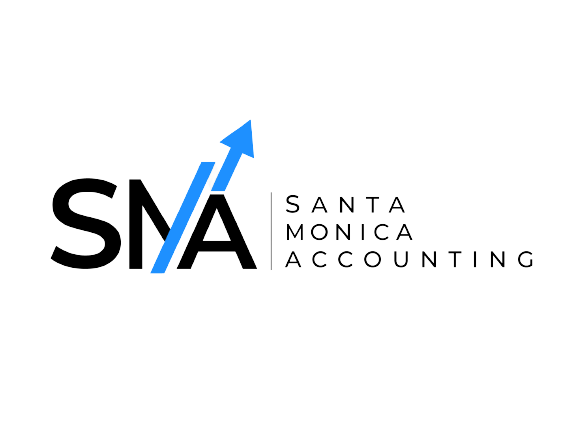For individuals earning income from foreign sources, claiming the Foreign Tax Credit (FTC) is a crucial step in avoiding double taxation and maximizing tax savings. However, to successfully claim this credit, it’s essential to maintain accurate records and provide supporting documentation. In this blog post, we’ll explore the key documents required to claim the Foreign Tax Credit, providing a comprehensive guide to help taxpayers navigate the process effectively.
Understanding the Importance of Documentation
Before delving into the specific documents required, it’s important to understand why documentation is essential for claiming the Foreign Tax Credit. Proper documentation not only ensures compliance with tax regulations but also serves as evidence to substantiate the taxpayer’s eligibility for the credit. Without adequate documentation, taxpayers may face challenges during tax audits or risk having their claims denied by tax authorities.
Key Documents Required to Claim the Foreign Tax Credit
Key Documents Required to Claim the Foreign Tax Credit:
- Foreign Tax Returns: Taxpayers must maintain copies of their foreign tax returns filed with the foreign government. These returns provide details of the taxpayer’s foreign income, deductions, and taxes paid, serving as primary evidence of foreign tax liability.
- Tax Statements and Certificates: Taxpayers should obtain tax statements or certificates from foreign tax authorities, confirming the amount of foreign taxes paid or withheld on foreign income. These documents typically include Form 1099-DIV for dividends, Form 1099-INT for interest, and Form 1099-B for capital gains.
- Proof of Payment: Receipts or other proof of payment for foreign taxes paid, such as bank statements showing wire transfers or canceled checks, are essential for verifying the taxpayer’s compliance with foreign tax obligations.
- Records of Income: Taxpayers should maintain records of their foreign income, including pay stubs, invoices, contracts, or statements from foreign employers or financial institutions. These documents provide evidence of the taxpayer’s sources of foreign income and support the calculation of the Foreign Tax Credit.
- Form 1116: IRS Form 1116 is used to calculate and claim the Foreign Tax Credit on the taxpayer’s U.S. tax return. Taxpayers must accurately complete this form and attach it to their tax return, along with supporting documentation, to claim the credit.
Practical Tips for Document Management:
- Organize Records: Establish a system for organizing and storing your tax-related documents, such as creating digital folders or using a filing cabinet. Keep copies of all relevant documents in a secure and easily accessible location.
- Maintain Records Electronically: Consider digitizing your paper records and storing them electronically to reduce the risk of loss or damage. Use cloud-based storage solutions or encrypted drives to safeguard sensitive information.
- Review Documentation Periodically: Regularly review your documentation to ensure accuracy and completeness. Update records as needed and retain documents for the required retention period specified by tax authorities.
CONCLUSION
Claiming the Foreign Tax Credit requires careful documentation and record-keeping to substantiate the taxpayer’s eligibility and support the calculation of the credit. By maintaining accurate records of foreign income, taxes paid, and other relevant documents, taxpayers can navigate the process with confidence and maximize their tax savings. Remember to consult with a tax professional for personalized guidance and assistance in claiming the Foreign Tax Credit. With proper documentation and expert advice, taxpayers can effectively mitigate double taxation and optimize their tax strategies in the global economy.

Thank you for reading with SMA!
Seeking help with your bookkeeping and accounting?
We’re right here for you!
